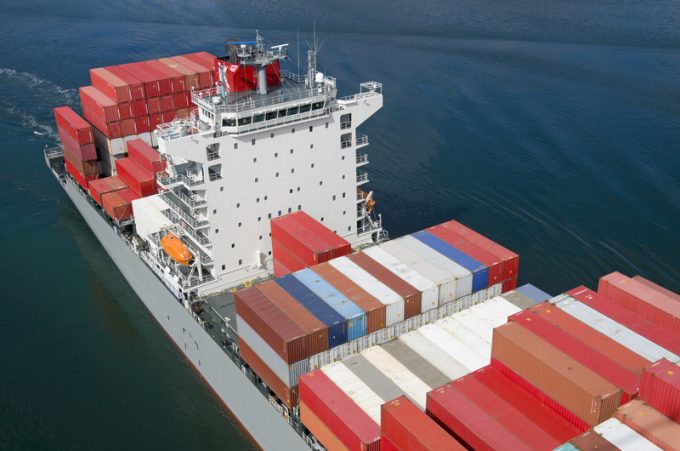Resumption of Suez transits in doubt after return of Red Sea hostilities
Hope for a resumption of Suez Canal transits by container lines were dented over the ...

Boxship charters could get a real boost from the US east coast’s biggest port strike in half a century, a perfect storm in which idle tonnage remains below even Covid levels.
Data from an Alphaliner survey conducted at the end of September indicated that just 56 ships, boasting a combined capacity of less than 200,000 teu and equivalent to just 0.6% of the total global fleet, are commercially idle.
However, Alphaliner said container shipping could “still ...
Volcanic disruption at Anchorage could hit transpacific airfreight operations
Macron calls for ‘suspension’ – CMA CGM's $20bn US investment in doubt
Forwarders stay cool as US 'liberation day' tariffs threaten 'global trade war'
De minimis exemption on shipments from China to the US will end in May
Shippers snap up airfreight capacity to US ahead of tariff deadline
Tighter EU import requirements proving 'a challenge' for forwarders
Looming Trump tariffs will create 'a bureaucratic monster' for Customs

Comment on this article